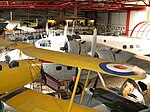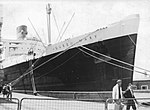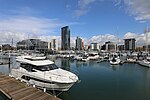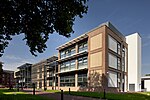SUMPAC
1960s British experimental aircraftAircraft first flown in 1961Human-powered aircraftScience and technology in HampshireShoulder-wing aircraft ... and 3 more
Single-engined pusher aircraftUniversity of SouthamptonUse British English from November 2017
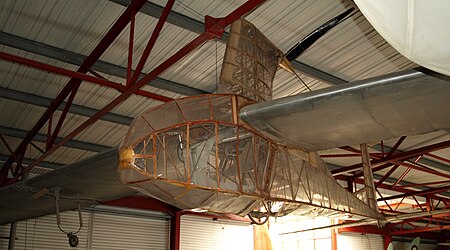
The Southampton University Man Powered Aircraft (or SUMPAC) on 9 November 1961 became the first human-powered aeroplane to make an officially authenticated take-off and flight. It was designed and built by Southampton university students between 1960 and 1961 for an attempt at the Kremer prize, but it was never able to complete the 'figure-of-eight' course specified to claim the prize money.
Excerpt from the Wikipedia article SUMPAC (License: CC BY-SA 3.0, Authors, Images).SUMPAC
Albert Road South, Southampton St Mary's
Geographical coordinates (GPS) Address Phone number Website Nearby Places Show on map
Geographical coordinates (GPS)
| Latitude | Longitude |
|---|---|
| N 50.89798 ° | E -1.39292 ° |
Address
Solent Sky
Albert Road South
SO14 3FR Southampton, St Mary's
England, United Kingdom
Open on Google Maps

